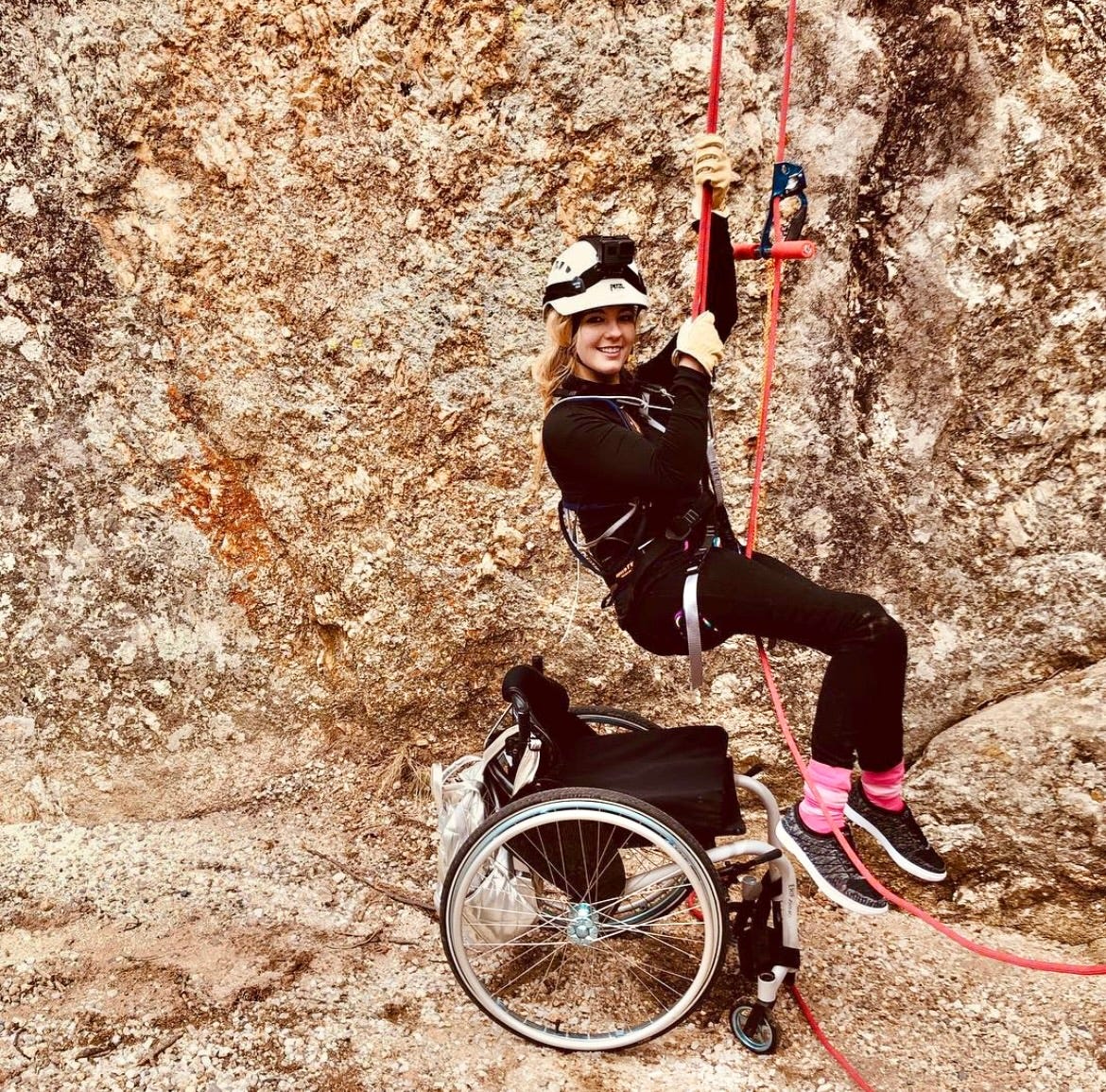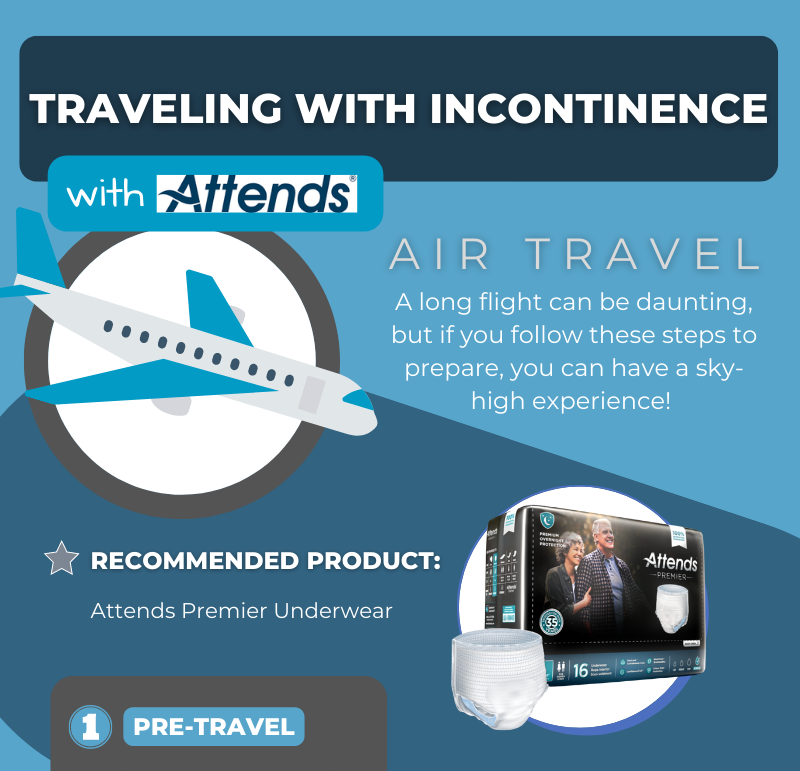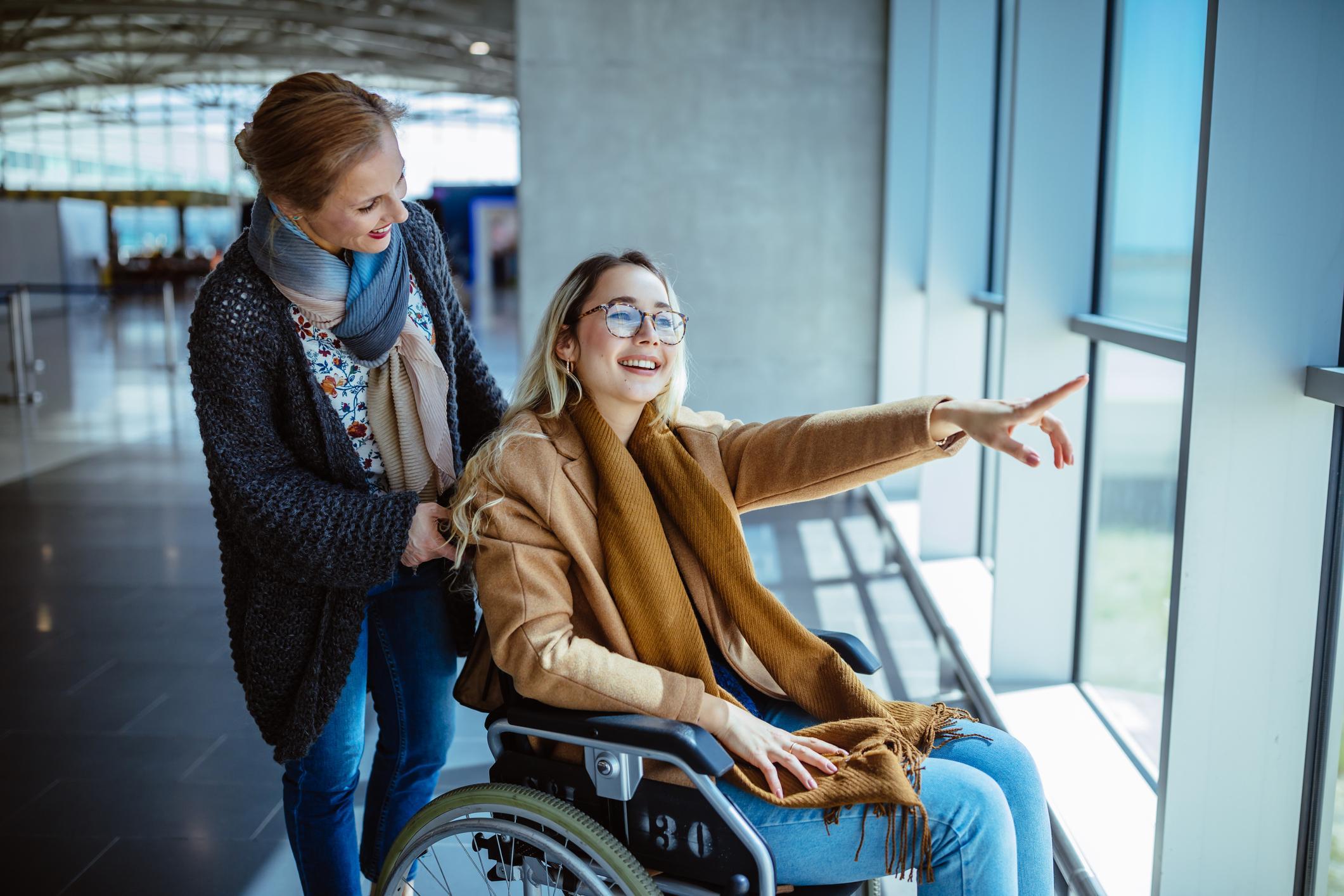I recently paid a visit to an elderly neighbor who, surprisingly, had piles of incontinence products stacked in her living room. She apologized and said that when COVID hit, she was so worried about not being able to get her supplies, she ordered large quantities. Toilet paper was not the only personal care item people were afraid they might run out of, but luckily, incontinence products are an essential item and companies like Attends have continued to manufacture these needed products throughout the shutdown.
However, this floor to ceiling stock in my neighbors’ house got me thinking about all the extra challenges endured by people with incontinence issues during the changes caused by the virus. I started informally asking around about the different kinds of problems people were encountering and some common themes emerged.
Of these themes, the most common issues were the inability to get preferred products, closed restrooms, and long wait times to get approval through healthcare companies or medical supply companies if making changes. These problems affect a wider group than just those dealing with incontinence, but for the purpose of this article, we will just take a look through the eyes of someone managing their life with incontinence.
Where is the Product?
Where do people purchase incontinence products? Some are buying from retailers, some online, some though medical supply companies. When shutdowns happened, for many it required a change of routine. Corner stores were no longer open, and large retailers were not always accessible in a person’s immediate area. One woman from a small town in Wisconsin who didn’t drive, told me she had to go all the way to a neighboring town to purchase her product, and this required getting a ride and making a plan for a more substantial outing. It also forced her to reveal her incontinence to the friend she had asked for a ride, something she would have rather kept private.
Others talked about being forced to learn to order online, having to wait to get product for extended periods that left them without needed supplies, or feeling they had to buy large quantities when they really could not afford to. For many, purchasing incontinence supplies, something they had taken for granted before, now required a substantial change in routine to acquire.
No Public Restrooms
Another issue that was mentioned by many of those I talked to, was the closing of restrooms everywhere. Although most of us were not getting out and about for the first couple of months, it was still a problem. There were no open public restrooms in parks or beaches if you went for a walk. Restaurants and coffee shops, where we might have once dashed in to use a restroom were closed or restricted to employees only.
Even now with more businesses open, it can be exceedingly difficult to find a public restroom. With summer upon us many people are commuting to cabins and campgrounds on weekends. I have heard the joke more than once that you should be prepared to go on the side of the road, especially if you have little ones that cannot last on a long drive. No matter how you experience it, not having a restroom readily available is a new and often incredibly challenging element of life with the Coronavirus, especially for those with incontinence issues.
Approval Delays
Lastly, some of the people I talked to described issues getting their products approved through insurance or medical supply companies. Healthcare has been hit just like other industries and these companies, like many others are operating with smaller workforces. It takes longer to get paperwork approved, and changes in amounts or type of product can create gaps in service. This problem applies to a smaller number of individuals, but the stories of weeks and weeks of waiting, unreturned phone calls, and general frustration, were significant.
Solutions
To combat these issues, and keep life running smoothly, we can all take some simple steps to ensure success. These include awareness, planning and flexibility.
Awareness
Just knowing that things are going to take longer, that the store might be out of what you need, and that you will have to plan where and when to use a restroom will make a big difference.
Planning
Being aware can lead to effective planning. You might choose, like my neighbor, to buy extra amounts when you shop. You may need to call around to see who has open public restrooms for even a trip around town, but especially if you are hitting the road for any length of time. You may want to limit liquids before a drive and stop to use restrooms where you can.
Flexibility
We are all familiar with the term, “the new normal.” For people with incontinence there is a new normal too and it requires that we be more flexible with the way we approach things. We may have to use an alternative product at some point, use a less than desirable restroom, or adjust our previously held beliefs about privacy. As they say, the world is changing, and we will have to change with it.
Summary
When dealing with incontinence, our routines have seen us through. Now with COVID 19, things are different. I used to know exactly how to pack my son’s diaper bag, where and how often I needed to purchase his diapers, and what restrooms have changing tables. Every bit of that has changed with COVID 19, and I now have to create new routines. The restrictions necessitated by the virus may continue, abate, or even intensify; the key for us is to be aware, to plan, and to aim for flexibility to see us through.









